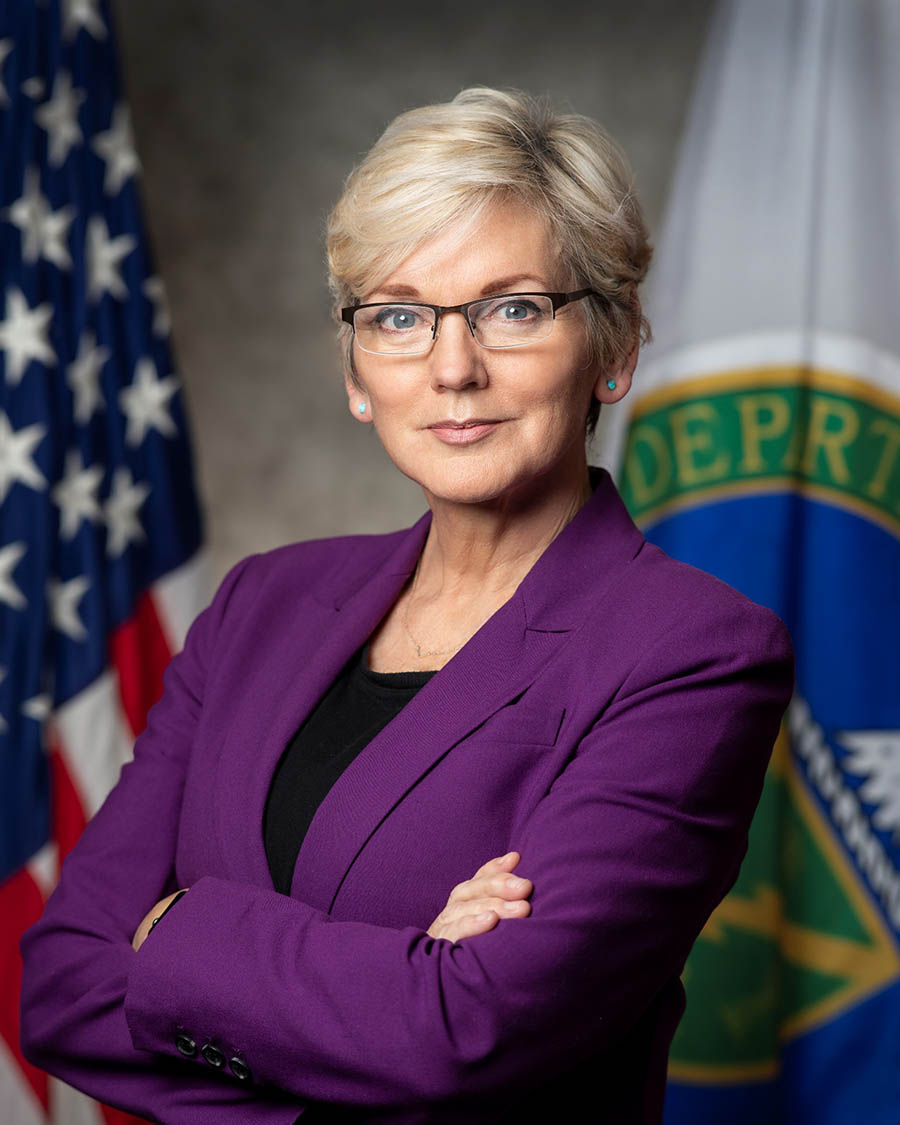ADJUNTAS, Puerto Rico, (Reuters) – For U.S. Energy Secretary Jennifer Graholm, the transformation of Puerto Rico’s power grid to solar and other renewable power, after hurricanes wiped it out in 2017 and 2022, is an imperative that goes beyond addressing climate change.
When the lights go out in the U.S. territory, rooftop solar panels backed up with battery storage can provide power to keep medicines like insulin refrigerated, ventilators running and phones charged, potentially saving lives during hurricanes.
“This a question of life and death in real terms, in real time,” Graholm, President Joe Biden’s point person on fixing the island’s grid, told Reuters on Tuesday in Orocovis, a remote town nestled in the central mountain range. “This isn’t just a question of nicety (or) climate.”
The week-long trip was her fourth visit since October to the island of about 3.2 million U.S. citizens, with more trips expected. Puerto Rico has not typically been a large focus of U.S. energy chiefs.
Between 3,000 and 4,600 people died after 2017’s Hurricane Maria, studies say. Among the worst hit communities were ones with elderly and low-income people. In some mountain towns, the power was out for 11 months.
In September, a weaker Hurricane Fiona again wiped out the grid, heightening concerns about the fragility of a decades-old system dominated by fossil fuel plants.
In streets and town halls, Granholm had a message: the Energy Department has $1 billion Congress approved in December to supply rooftop solar panels. The first batch of funding will go to the most vulnerable, with allocation as soon as late 2023.
While the sunny Caribbean island is well suited for solar, lessons learned there could have broader implications for the rest of the country.
“It’s important for people to realize every pocket of the nation can benefit from moving to clean energy,” she said.
Orocovis Mayor Jesus Colon Berlingeri said more than 100 people died in town after Maria from health conditions exacerbated by power outages.
By the time Fiona took out power years later, Orocovis had acquired petroleum-fueled generators. But generators spew emissions and fuel is pricey on an island that imports all of its petroleum.
Colon covets the solar power Granholm offered, as it could also lower electricity bills, typically twice those on the mainland. “That is a hope for the people.”
Granholm said some 400,000 homes need rooftop solar but the $1 billion is only enough for up to 50,000 homes.
And it is hard for projects in Puerto Rico to get solar tax credits that were expanded in last year’s Inflation Reduc-tion Act as residents are not required to pay some federal taxes.
Finance expert Jose Torres, founder of Monllor Capital, however, said nonprofits could reap some IRA benefits because it allows for cash rebates for solar. “Then all we would need is get a bridge loan to allow us to construct projects.”
Solar is growing steadily. Last year, Puerto Rico installed a record 163 megawatts of capacity, pushing its ranking up to 25 from 34 in two years in a list of the 50 states and the island, according to the Solar Energy Industry Association.




